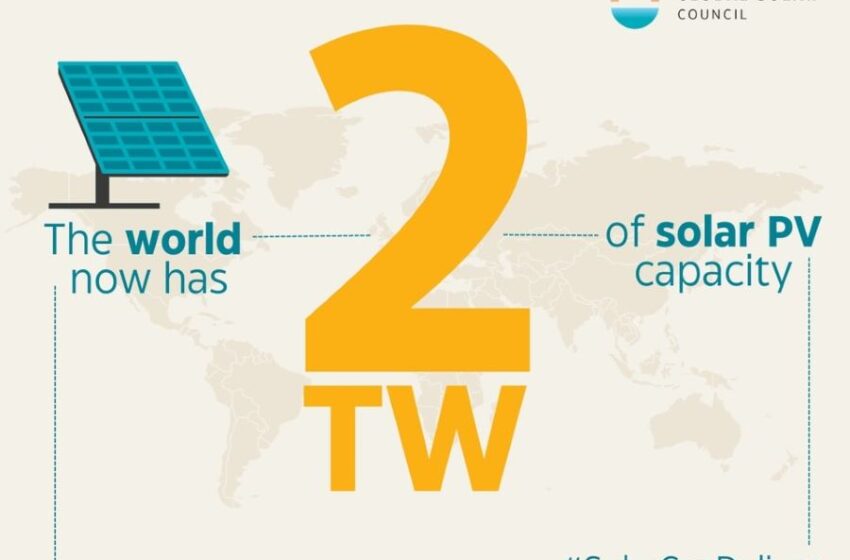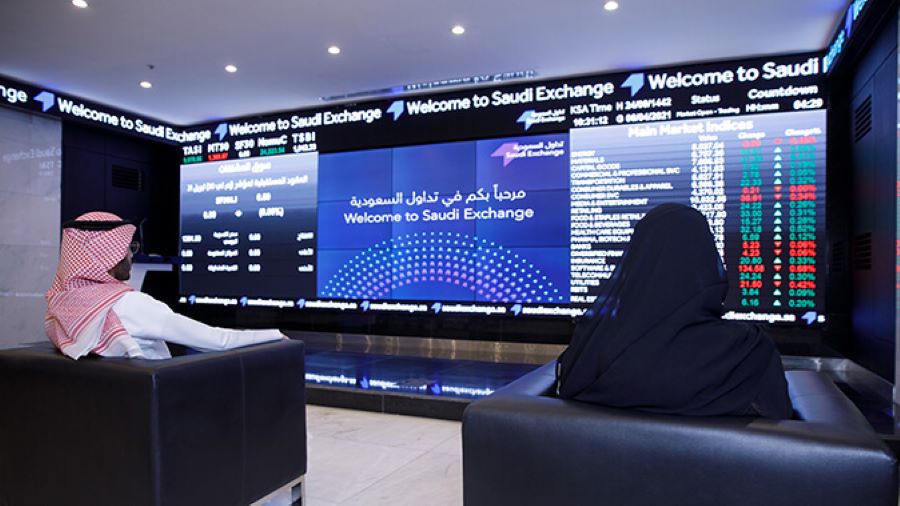
Global Solar PV Capacity Reaches 2TW
Making a big jump in the last two years, the installed capacity of solar PV has crossed 2 Trillion Watts (TWs) recently, according to Global Solar Council (GSC), the voice of the solar PV industry across the world, and SolarPower Europe.
While it took the global solar PV industry 68 years to reach 1 TW of installed capacity, from 1954 to 2022, it has taken only 2 years to reach the next TW capacity. This milestone highlights how solar energy became the backbone of the global energy system.
Notably, 2 TW of solar power is equivalent to the total installed electricity capacity of India, the US, the UK and twice the installed capacity of the EU. This could power an estimated one billion homes, based on a global average household energy consumption of 3,500 kWh per year and a 20% capacity factor.
An October 2023 report from the International Energy Agency (IEA) said that 65% of the globe’s solar capacity was added since 2018, and consultancy InfoLink forecast that the world would add 1TW of solar annually by 2030.
GSC CEO Sonia Dunlop said that the unprecedented roll-out of solar worldwide, and now the fact that the world has achieved 2TW milestone, which is equivalent to installing about 7 billion solar panels, is the culmination of decades of hard work.
“Forward-thinking policy, industrial ingenuity, 7 million hard-working solar installers and a versatile and scalable technology have all brought us to this moment. However, the installation should be doubled to reach 1TW per year if we are going to reach our global tripling renewables target,” she said.
The global aim to triple renewable energy capacity was included in the final outcome of the COP28 conference in the UAE last year. Building on this, the GSC announced that it will launch the International Solar Finance Group at this year’s COP29 conference whose inaugural session will be held on November 15 in Baku in Azerbaijan.
Unlock Funding in Global South
Dunlop said that to double yearly solar deployments, there was a need to unlock financing and bring down the cost of capital for solar projects, particularly in the Global South. If the cost of capital is now at 15%, it should be brought down to 5% or less. This is what we will be working on at COP29 Baku, she said.
The International Solar Finance Group will aim to create “the world’s first ever dialogue between the solar PV industry and the finance sector”.
It may be recalled that that the Norway-headquartered climate consultancy DNV last month identified a shortage of funding into emerging economies, largely in the global south, as a central challenge facing the global energy transition.
DNV said that developing economies face a widening investment deficit despite global clean energy spending reaching an all-time high. It cited sub-Saharan Africa as an area in particular need of greater investment, as the combination of a quickly growing population and a low GDP per capita will see energy-related CO2 emissions almost triple by 2030 compared with 1990 levels.
Global Renewable Alliance CEO Bruce Douglas said that overcoming bottlenecks and securing investor confidence is critical, especially in emerging markets.
“The COP29 in Baku presents a key opportunity for governments to lead the renewables race, setting ambitious targets and clear actions in their climate plans and committing to a global push for the infrastructure—grids and storage—that will enable this massive scale-up,” he added.











